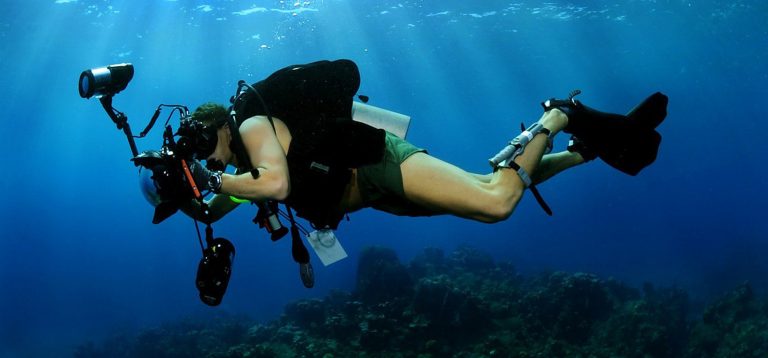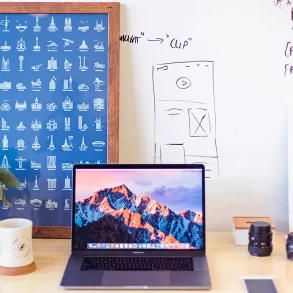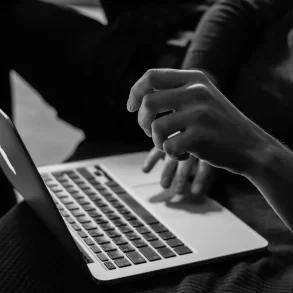One isn’t really a good well-rounded photographer before they’ve mastered the art of taking photos underwater. When you first get down to doing it, the experience may be somewhat overwhelming. The dynamics underwater present a whole different world from what one is used to on dry land. It can be difficult even for persons already skilled in terrestrial photography.
Still, the basics are not too different from what one would expect when shooting in other environments. It comes down to knowing your camera and how to leverage its features for maximum effect. The following tips can get your underwater photography skills up to speed enabling you to create photos that are well suited for modeling software.
1. A Strobe Would Be Nice

A strobe isn’t always necessary in underwater photography but it can make all the difference especially where natural light is poor. It adds more light to the subject which can help emphasize the full spectrum of colors present. This in turn tones down the blue and green hues that dominate the majority of underwater photos.
In addition, a strobe enhances faster shutter speeds and freezes motion, two factors that play a crucial role when shooting highly active objects such as schools of fish.
2. Master the Shutter Speed

Shutter speed is a decision every professional photographer has to deal with whenever they are shooting in a new environment. It takes on even greater significance underwater. You have to strike the right balance.
Starting a Graphic Design BusinessA high shutter speed allows you to better capture detail and freeze motion but it can also lead to undesirably dark backgrounds. A lower shutter speed will mean more light but you can say goodbye to sharp images.
For best results, set a medium speed and combine it with a powerful strobe and high ISO setting. That’s give you just about the right amount of ambient light to avoid blurring.
3. The Shallower, The Better
If you are just starting out in underwater photography and don’t have a strobe, shallow waters are where you want to be. Sunlight penetrates the water column thus emphasizing the rich vibrant colors you’d want to work with. It’s the right environment to perfect your composition skills as you adjust the camera’s settings for optimal results.
Pioneering Design for Education: Yanming Chen’s Innovative Approach to Vocabulary AppsSince lighting isn’t a problem at shallow depths, you can nurture your technical abilities in other aspects of photography. That way, when you do eventually venture to deeper waters, you’ll have only the poor lighting to manage.
4. Narrow the Gap Between You and the Subject
It doesn’t take long before you start to realize that distance from your subject is a big deal underwater. The closer you are the better the quality of your photo is likely to be. There’s a simple explanation for this. Water is hundreds of times denser than air. There’s greater noise in underwater photos when compared to a photo taken from an identical distance on land.
As you move further from the subject, the green and blue wavelengths increase in number. While a strobe can help, its impact is diminished when you are far from the subject which means sharp details will be lost.
A Checklist for Building Your Company Website5. Steady Buoyancy
A good camerawoman must have a steady hand. This principle applies underwater too. To get sharp underwater photos, you must have a steady pose with little to no camera shake. It takes time to be a guru at buoyancy control. Breathing techniques that don’t jolt you from position are vital.
There are of course seemingly easy ways to steady your shots such as holding on to or standing on underwater objects such as coral. This however goes against the principles of marine conservation. The hard way is not only the right way but it eventually becomes a lot of fun once you get the hang of it.
The learning curve for underwater photography isn’t any different from other forms of photography. It takes months and years of experimenting with various techniques to get to the point where you are consistently shooting quality underwater photos. These beginner tips can significantly reduce the time it takes you to perfect your craft.
Logo Design Guidelines for a Better Result






